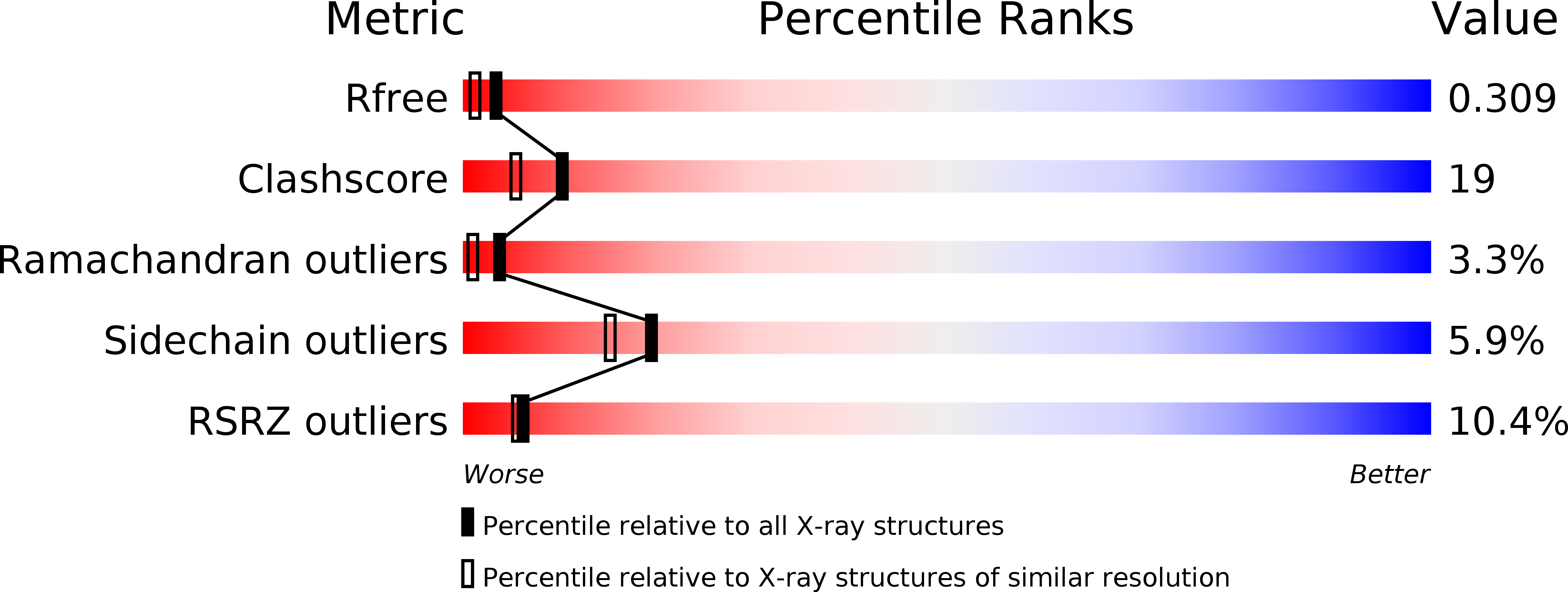
Deposition Date
2009-03-10
Release Date
2009-06-16
Last Version Date
2024-10-30
Entry Detail
PDB ID:
3GK8
Keywords:
Title:
X-ray crystal structure of the Fab from MAb 14, mouse antibody against Canine Parvovirus
Biological Source:
Source Organism:
Mus musculus (Taxon ID: 10090)
Method Details:
Experimental Method:
Resolution:
2.00 Å
R-Value Free:
0.30
R-Value Work:
0.26
Space Group:
C 1 2 1


